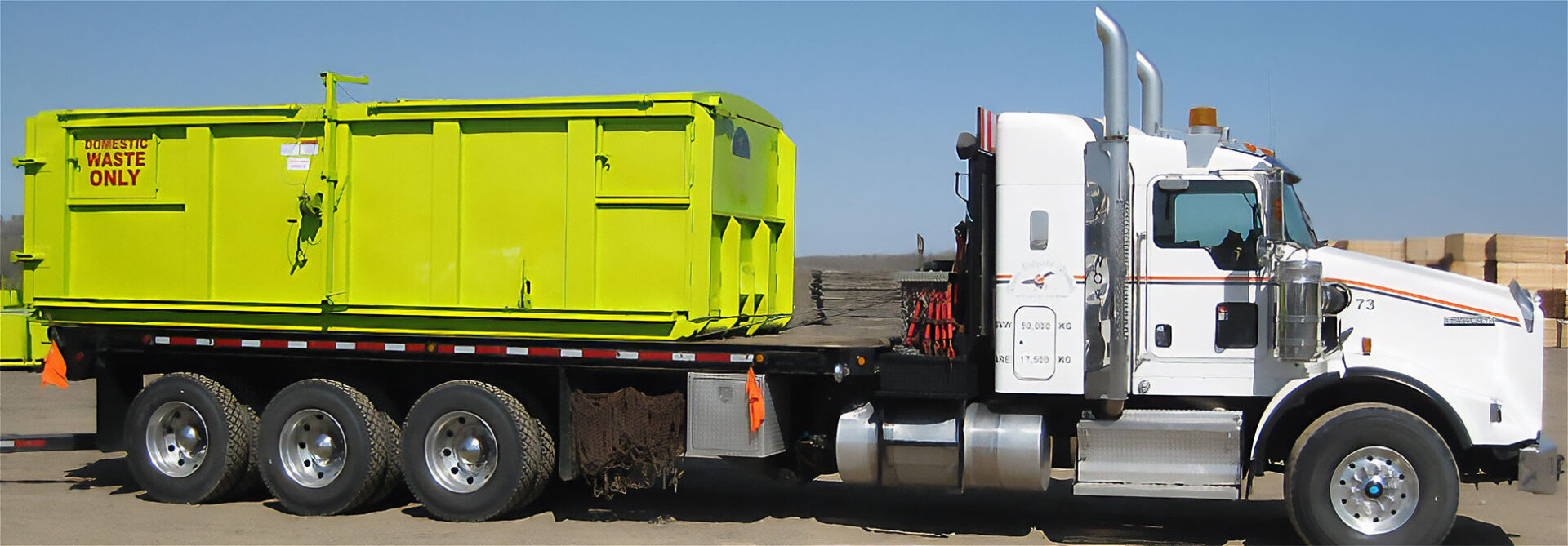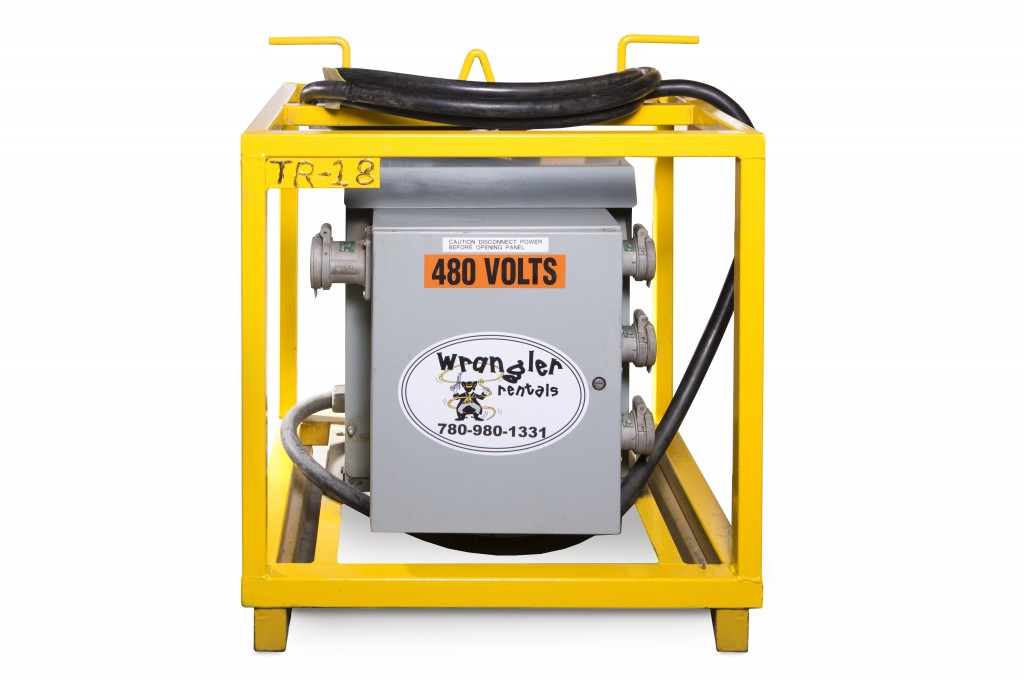All Regarding Oil Field Equipment and Pipeline Equipment: Key Insights and Vital Info
Oil field equipment and pipeline systems play a crucial function in the oil and gas sector. They are important for the efficient removal and transportation of hydrocarbons. Key elements, such as drilling rigs and storage containers, straight impact functional success. Meanwhile, improvements in innovation promise to improve safety and security and efficiency. Understanding these components is essential for anyone involved in or thinking about this complicated field, as it sets the stage for deeper exploration of market techniques.

Introduction of Oil Field Equipment
As the demand for oil continues to expand, comprehending the equipment used in oil areas ends up being increasingly necessary. Oil field equipment encompasses a variety of machinery and devices vital for exploration, removal, and handling. Secret parts consist of piercing rigs, which are vital for getting to oil storage tanks, and manufacturing equipment, such as separators and pumps, that promote the removal process. Superior Rentals near me. Furthermore, storage space tanks play a substantial role in holding crude oil prior to transport. Safety devices, consisting of blowout preventers and stress gauges, ensures functional safety and security and effectiveness. Each tool functions cohesively to maximize manufacturing and preserve effective process. Familiarity with this equipment is very important for professionals in the market to assure successful operations and adherence to safety and security criteria
Kinds of Drilling Rigs and Their Applications
Drilling rigs work as the foundation of oil extraction operations, with various types designed for details geological conditions and operational needs. One of the most usual types consist of rotary drilling rigs, which use a turning drill bit to permeate the planet, and wire tool rigs, understood for their percussion drilling technique. For overseas procedures, jack-up rigs and semi-submersible rigs supply security and support in marine settings. In addition, directional exploration rigs make it possible for drivers to pierce at angles, getting to deposits that are not vertically available. Each rig type has distinct advantages, maximizing efficiency and safety based on the boring setting. Choosing the ideal rig is necessary for optimizing source extraction while lessening environmental impact and functional costs.

Essential Pipeline Equipment and Their Features
Pipeline infrastructure is important for the transportation of oil and gas from extraction websites to processing centers and end-users. Numerous crucial tools parts promote this process. Pipes themselves work as the key channels, developed to stand up to high pressure and harsh compounds. Pump stations are essential for keeping flow by improving pressure along the pipeline. Shutoffs play a crucial function in controlling flow and separating sections for maintenance. In addition, installations and adapters ensure safe joints between pipe areas. Checking systems, including flow meters and pressure sensors, are essential for detecting leaks and optimizing circulation rates. Lastly, pigging equipment is utilized for upkeep and cleaning, protecting pipeline stability check my blog and efficiency. With each other, these elements form the backbone of a trusted pipeline system.
Innovations and Technologies in Oil and Gas Equipment

Safety And Security and Upkeep Practices in the Oil Sector
While the oil industry has actually made significant strides in innovation and efficiency, the relevance of durable security and upkeep techniques can not be overstated. Efficient safety methods are necessary to safeguard employees and the atmosphere, decreasing the risk of mishaps and spills. Normal inspections and upkeep of equipment assistance his explanation identify prospective concerns before they rise, making certain functional honesty. Training programs for employees are important, emphasizing the significance of security awareness and emergency action treatments. Additionally, adherence to sector policies and standards promotes a society of safety. Applying advanced tracking innovations can better boost maintenance techniques, permitting real-time evaluations of tools conditions. Inevitably, focusing on security and maintenance is integral to the sustainability and success of the oil industry.
Often Asked Concerns
What Are the Ecological Effects of Oil Field Equipment?
The environmental effects of oil field equipment consist of environment destruction, water contamination, and air pollution (Superior Oilfield Rentals Texas). Furthermore, devices malfunction can bring about spills, adversely impacting wildlife and communities, highlighting the requirement for strict regulations and tracking
How Is Oil Field Equipment Transported to Remote Locations?
Delivering oil field equipment to remote locations typically involves customized vehicles, helicopters, or barges. Logistics business coordinate courses, guaranteeing equipment shows up securely and efficiently, taking into consideration terrain and ease of access to decrease hold-ups and optimize efficiency.
What Governing Standards Govern Oil Field Equipment?
Governing requirements regulating oil field equipment primarily include safety, environmental management, and functional efficiency standards. Agencies such as OSHA and EPA impose these policies to guarantee risk-free techniques and decrease eco-friendly impact in oil removal check my source procedures.
What Skills Are Needed to Operate Oil Field Machinery?

Exactly How Do Oil Prices Impact Equipment Need and Use?
Oil costs greatly affect tools demand and use. Higher prices commonly cause raised expedition and production activities, driving demand for machinery. Alternatively, reduced costs might lead to reduced procedures and reduced demand for equipment.